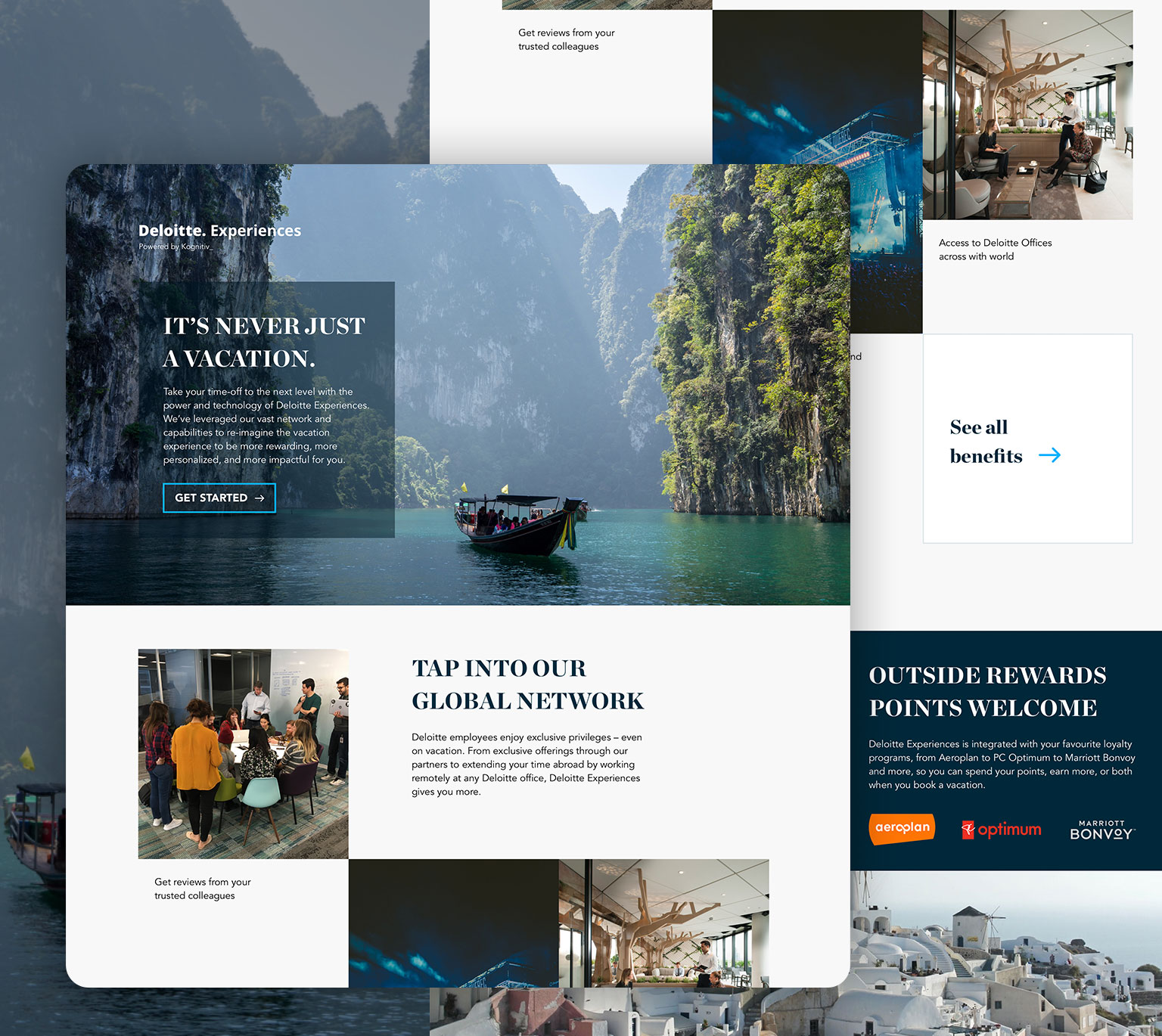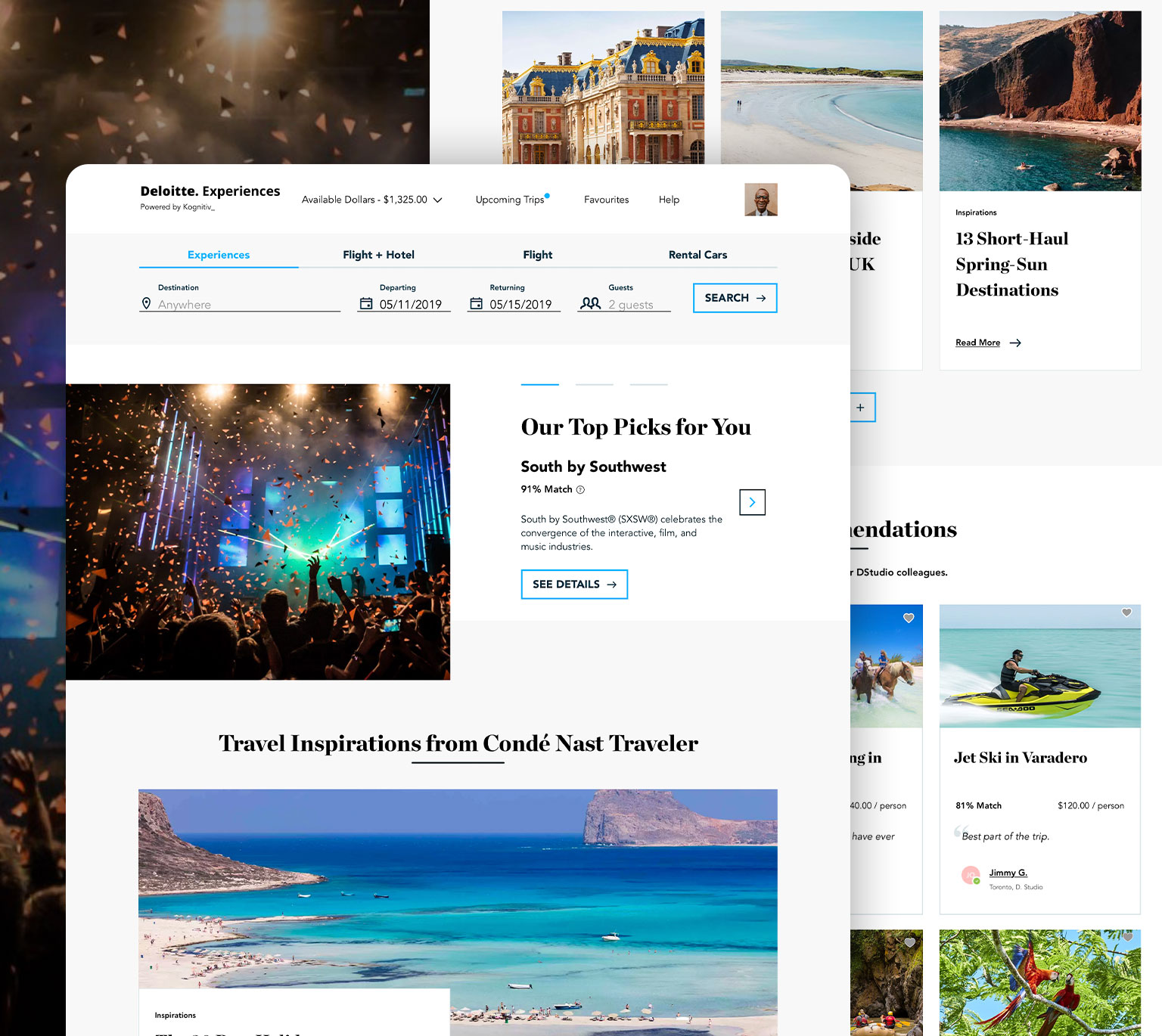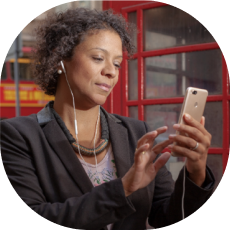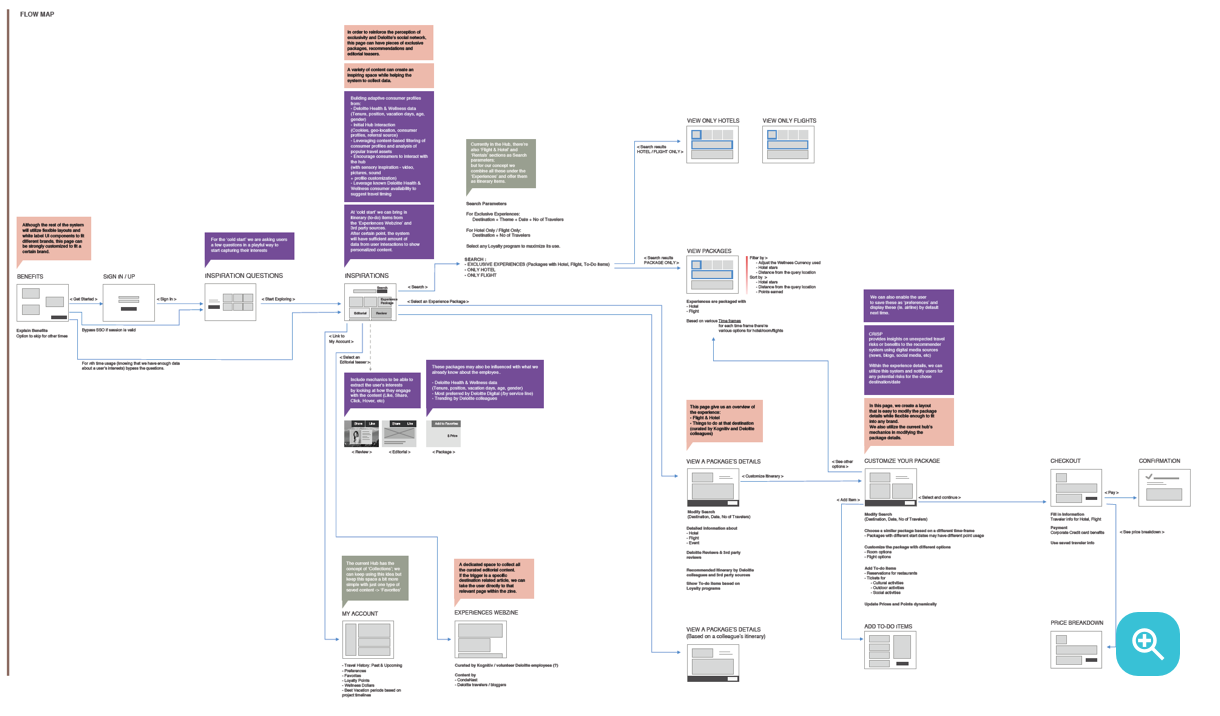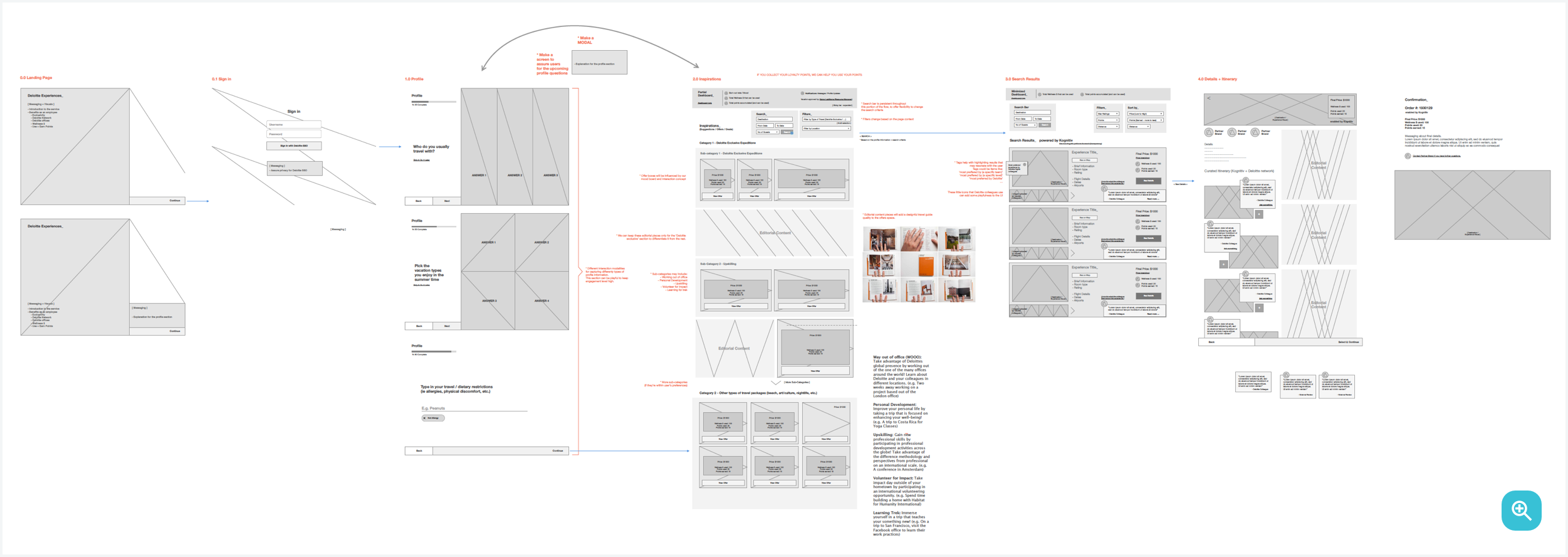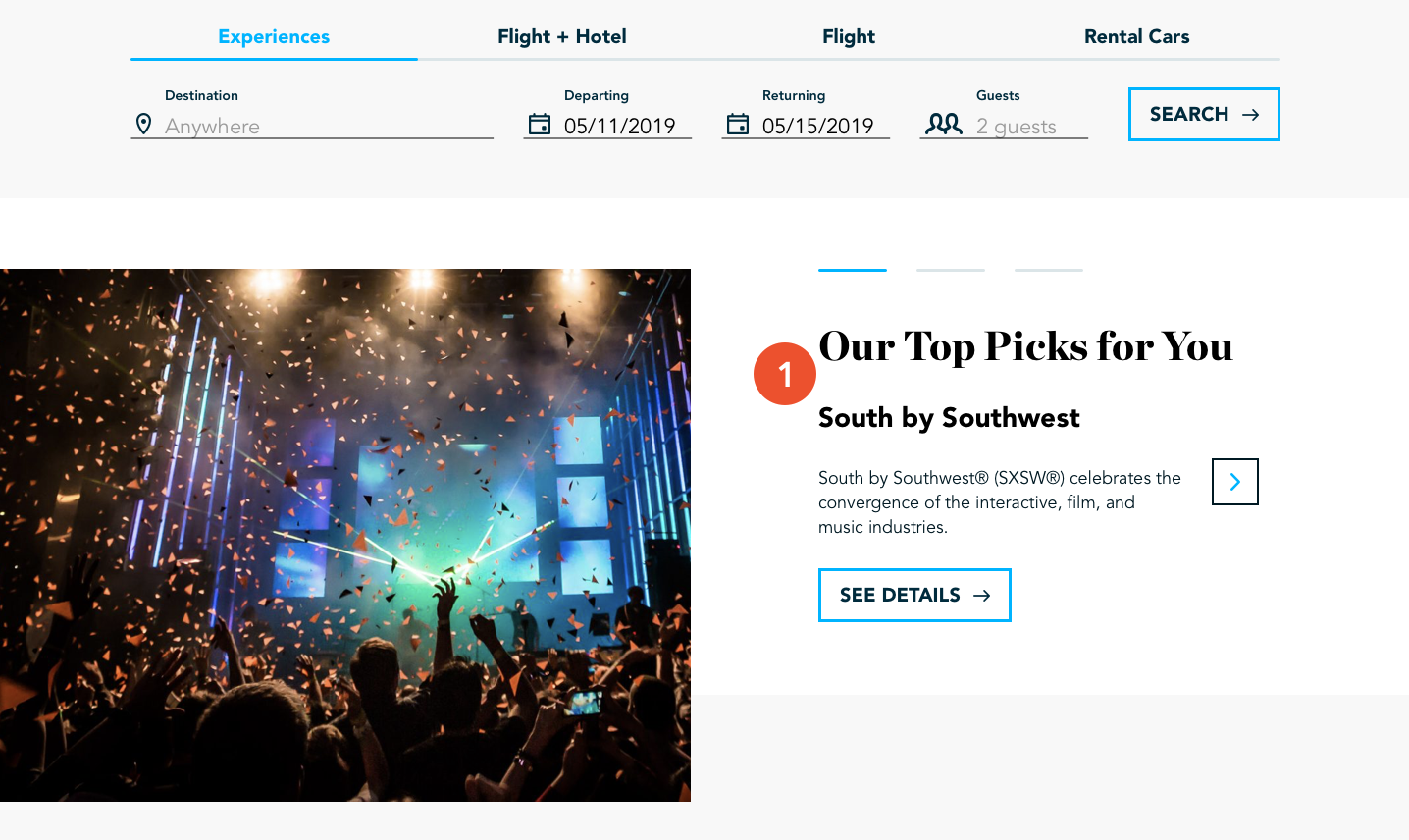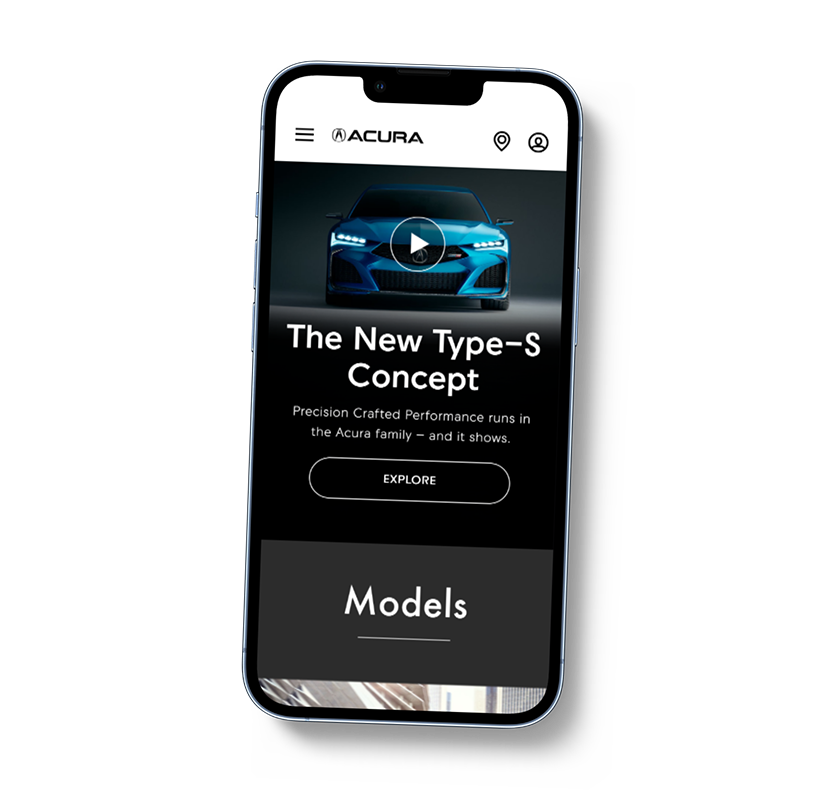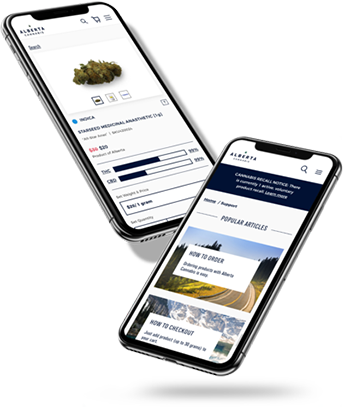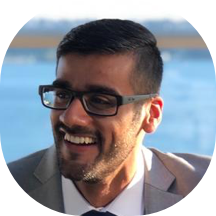Employee Travel
Platform

Enabling employees to take vacation.
Deloitte was looking reimagine the wellness experience for its staff. Previous research had shown that the wellness benefits did not meet employee needs. Junior staff took about 4 days of vacation, while the senior employees took about 15 or more. This variance causes a problem for Deloitte on their balance sheet and unused vacation days become a liability for the company. In response, Deloitte collaborated with a travel partner to find ways to help employees take a vacation.
Product Designer. Facilitated research workshops with the Doblin team, led user testing, worked with the engineering team to understand technical constraints and was the solo designer responsible for creating the look and feel on the platform.
DURATION24 Weeks
